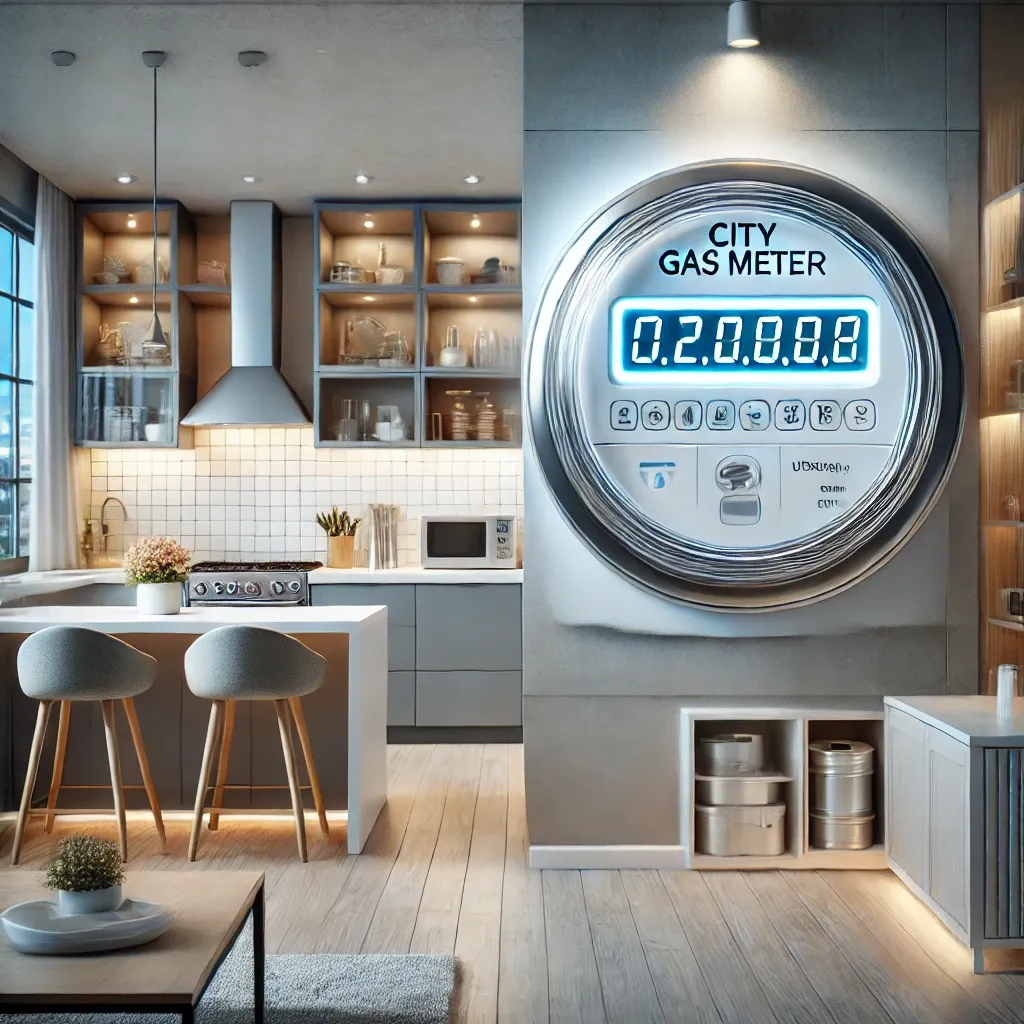Curious about city gas? Want to understand how unpaid areas affect your service or learn about the reading character on your gas meter? This guide breaks it all down, helping you stay informed and manage your usage efficiently.
City gas has become an essential part of daily life in many urban areas, fueling everything from cooking appliances to heating systems. However, the management of city gas services, including issues like unpaid areas, meter reading, and understanding regulations, can sometimes be overwhelming. In this article, we’ll explore the various facets of city gas, from understanding its usage to navigating any potential issues that may arise with unpaid areas or meter readings.
Understanding City Gas: What It Is and How It Works
City gas is natural gas that is distributed to homes and businesses through a network of pipelines. It’s a clean and efficient energy source used primarily for cooking, heating, and sometimes even for generating electricity in some areas. Typically, gas companies provide this service, and customers pay for the amount of gas they consume, which is measured through a gas meter installed at their property.
The usage of city gas varies from region to region, depending on infrastructure and local policies. Gas meters play a crucial role in tracking how much gas a consumer uses and subsequently, how much they are billed. These meters have evolved significantly, with many modern versions offering digital readings, eliminating the need for manual monitoring.
However, not everyone is always up-to-date with their payments or aware of where their usage stands. For instance, some areas may fall into unpaid regions where service interruptions are possible due to unpaid bills or unresolved disputes. In such cases, consumers need to be aware of their rights, obligations, and the procedures in place to address these issues.
City Gas Unpaid Areas: What Happens When You Fall Into One?
In some cities, there are designated “unpaid areas” where residents or businesses may face disruptions in their gas supply. These unpaid areas typically result from non-payment of gas bills, disputes, or failures in metering. For both consumers and service providers, understanding how these unpaid areas work is crucial for maintaining uninterrupted service.
Common Causes of Unpaid Areas:
-
Failure to Pay on Time One of the most common reasons for a gas supply interruption is the failure to pay bills on time. In many cases, repeated late payments can result in the consumer’s location being categorized as an unpaid area.
-
Meter Malfunctions Occasionally, gas meters can malfunction, leading to incorrect readings and, in turn, billing disputes. If not addressed quickly, these issues can lead to unpaid areas.
-
Dispute Over Charges Consumers may contest their gas bill due to discrepancies or confusion over charges. If the dispute is unresolved, the area can fall into an unpaid category.
Once a region is marked as an unpaid area, gas service may be suspended or restricted. It is essential for residents in these areas to contact their local gas provider promptly to resolve payment issues and avoid further disruptions.
City Gas Meter Reading Character: Understanding How Your Meter Works
The gas meter reading is essential for determining how much gas you’ve used and how much you owe. But what does the “meter reading character” mean, and why is it important for both consumers and gas providers?
Meter Reading: The Basics
A typical gas meter includes a digital or analog display that shows the amount of gas consumed. Modern digital meters often feature additional information, such as a reading character that helps clarify the type of reading, whether it’s manual or automatic. Here’s a breakdown:
-
Manual Reading Some meters require manual readings by either the consumer or the gas company. The reading character for this type of meter might be marked with a specific symbol indicating the need for human intervention.
-
Automatic Reading For convenience, many cities now use automatic meters, which send data directly to the gas provider without needing manual readings. This reduces the chance of error and ensures that the readings are up-to-date.
-
Error Indicators If there’s an issue with the meter, such as malfunctioning equipment or incorrect readings, the meter’s character may change to reflect this. Understanding this reading is crucial for consumers who want to ensure they are billed correctly.
How to Check and Interpret Your Meter Reading
-
Check the Display Most modern meters will show a clear digital readout. In some cases, the display might include a symbol next to the reading, indicating a specific issue or status of the meter.
-
Look for the Reading Character This character helps determine if the reading is valid or if there are any issues to resolve.
👉 Learn More About City Gas Meter Readings 👈
City Gas Inspection and Regulations: Keeping Everything in Check
City gas inspection is a crucial process that ensures safety, accuracy, and compliance with regulations. In many regions, gas companies perform regular inspections of both meters and pipelines to prevent leaks and ensure that there are no hazardous conditions present.
Why Inspections Are Important:
-
Safety Regular inspections help identify potential risks, such as gas leaks or faulty installations, which could lead to serious accidents.
-
Accuracy Inspections ensure that the meters are functioning properly, and that readings are accurate, protecting both the consumer and the gas company from disputes over billing.
-
Regulatory Compliance Gas providers must adhere to safety standards and governmental regulations. Inspections ensure that both parties remain in compliance with these rules.
Consumers should always allow for gas inspections when scheduled. Avoiding them can lead to penalties or further issues with gas service.
Conclusion: Managing Your City Gas Service
City gas is an essential service for modern living, but it requires responsible usage and awareness of potential issues like unpaid areas, meter readings, and inspections. By understanding these key elements and staying on top of your payments and meter readings, you can ensure a smooth and uninterrupted supply of gas for your home or business.
As the gas industry evolves, staying informed about regulations and technological advancements can help you avoid common pitfalls. Remember, knowledge is key when managing your utility services—be proactive about inspections, stay current with payments, and always monitor your gas meter readings.
“Being proactive in managing your city gas service today can save you time, money, and stress tomorrow.”






